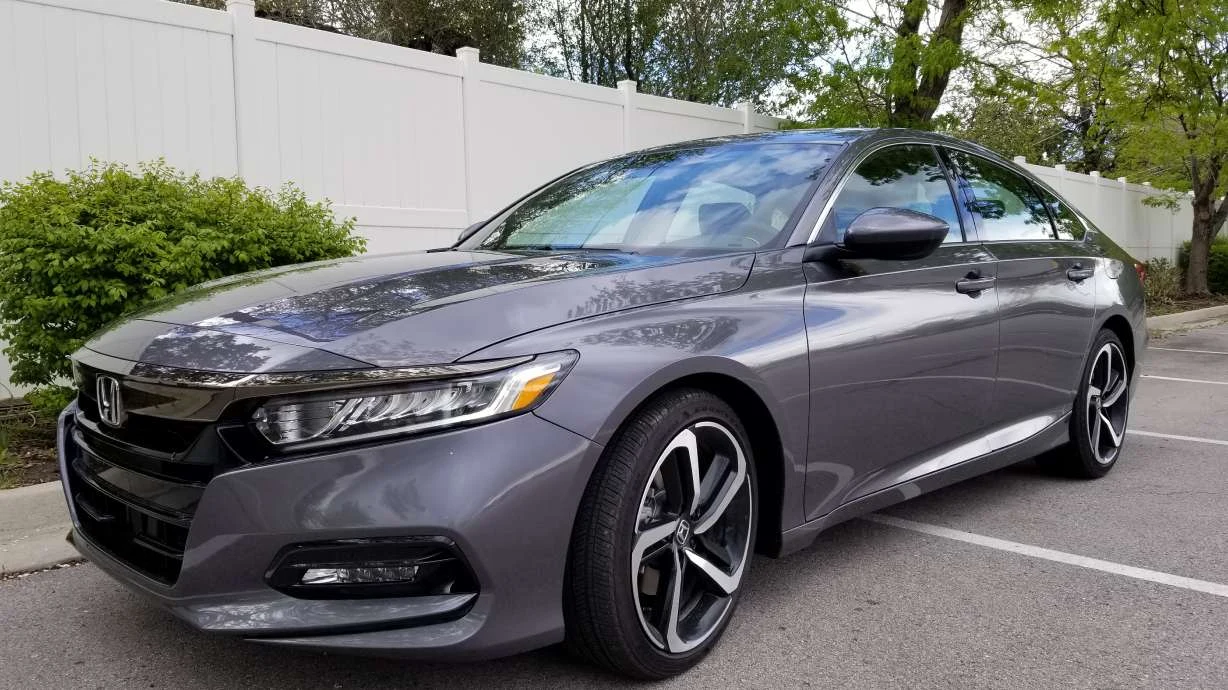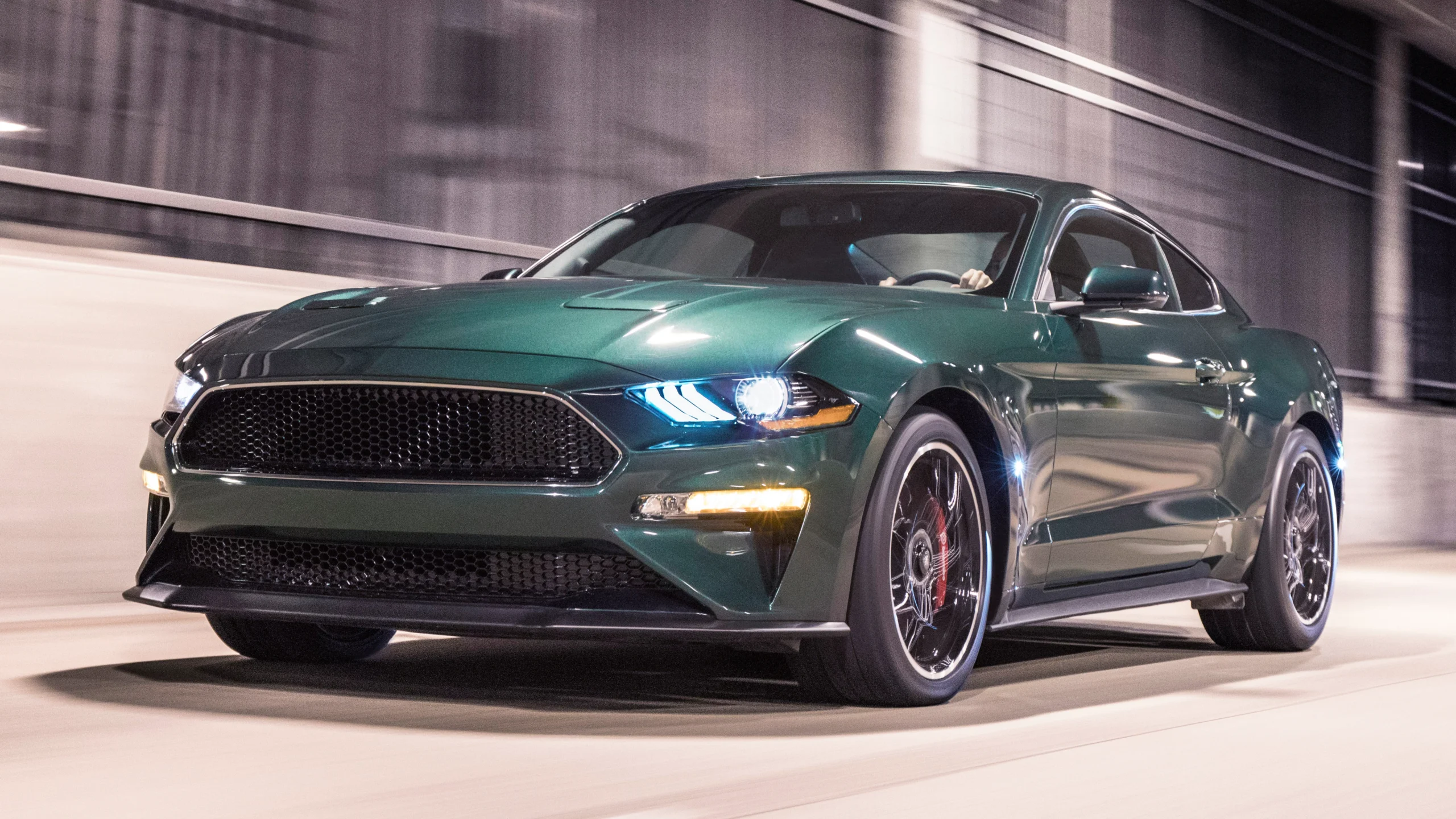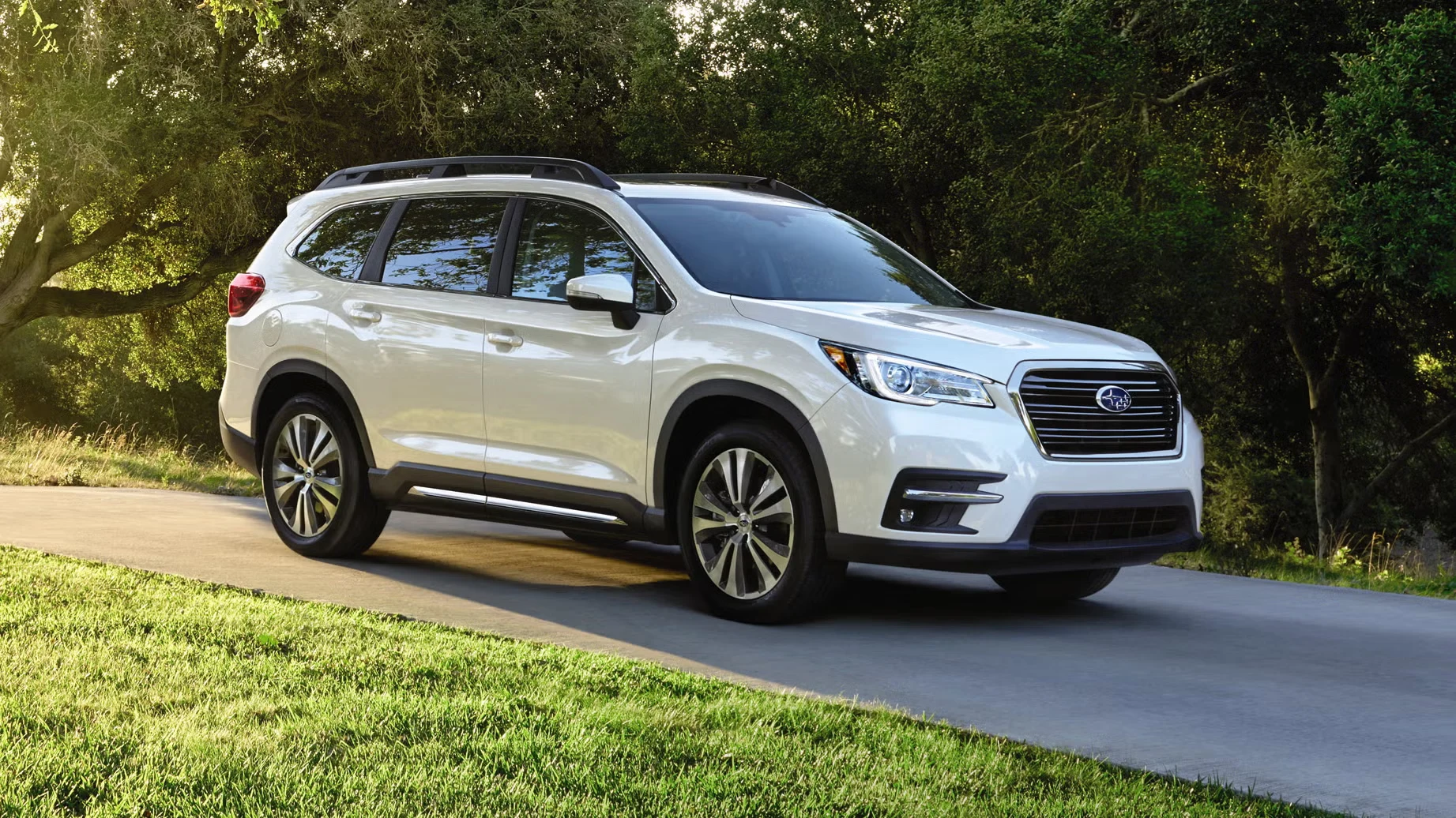When we dive into the fuel economy of the 2025 Corvette lineup, it’s crucial to remember that we’re dealing with a family of vehicles, not just one model. Each variant brings its own engineering marvels—and its own unique efficiency profile. The overall fuel economy figures from the Environmental Protection Agency (EPA) for the Corvette family are a blend of power and surprisingly smart engineering, including cylinder deactivation technology that allows the massive V8 engine to effectively run on four cylinders under light load, like cruising on the highway.
Corvette 2025 MPG Highway Comparison Across the Lineup
To put the full lineup’s efficiency in perspective, here’s a quick comparison of the main variants, focusing on the engine, power, and the estimated highway fuel economy. This table clearly illustrates the trade-off between outright performance and fuel efficiency.
| Corvette Model | Engine Type | Horsepower (HP) | Transmission | EPA City MPG | Corvette 2025 MPG Highway | Combined MPG | Key Efficiency Tech |
| Stingray | 6.2L V8 | 490 – 495 | 8-Speed DCT | 16 | 25 | 19 | Active Fuel Management (AFM) |
| Stingray (Z51 Pkg) | 6.2L V8 | 495 | 8-Speed DCT | 16 | 24 – 25* | 19 | Rear Spoiler/Drag |
| E-Ray | 6.2L V8 Hybrid | 655 (Combined) | 8-Speed DCT | 16 | 24 | 19 | Electric Motor Assist/AWD |
| Z06 | 5.5L Flat-Plane V8 | 670 | 8-Speed DCT | 12 | 19 | 14 | High-revving, non-AFM engine |
| Note: Highway MPG for Z51 is often 1 MPG lower in real-world driving due to the larger rear spoiler. |
The Standard Bearer: Corvette Stingray
The core model, the 2025 Chevrolet Corvette Stingray, is a great place to start. Equipped with the naturally aspirated 6.2-liter LT2 V8 engine, which produces up to 495 horsepower, it manages an EPA-estimated Corvette 2025 MPG highway rating of 25 MPG. This is a phenomenal number for a car with sub-3.0 second 0-to-60 mph capabilities.
Think about it: a car that can challenge exotic imports that cost two or three times as much, yet offers the kind of long-haul fuel economy you might expect from a less potent, luxury sedan. This efficiency is a massive selling point and a testament to the mid-engine platform’s aerodynamic slipperiness and the smart 8-speed dual-clutch transmission (DCT) with its tall highway gearing. Some real-world tests by drivers have even reported pushing this figure a mile or two higher when cruising at a steady, sensible speed—sometimes even hitting 26 MPG or more!
The Hybrid Horsepower: Corvette E-Ray
Stepping into the future, the Corvette E-Ray introduces a performance-oriented hybrid powertrain—the first-ever electrified Corvette. This all-wheel-drive machine pairs the familiar 6.2-liter V8 (driving the rear wheels) with a 160-horsepower electric motor (driving the front wheels), resulting in a combined system output of 655 horsepower.
While the “hybrid” label might suggest massive fuel savings, the system is tuned primarily for extreme performance, not pure efficiency. Despite this, the E-Ray still manages a respectable EPA-estimated Corvette 2025 MPG highway of 24 MPG. The inclusion of a small electric-only “Stealth Mode” allows for short, low-speed, zero-emission drives, which can marginally help in stop-and-go city environments, but the highway figure remains a strong, if slightly lower, result compared to the Stingray due to the added weight and the all-wheel-drive system.
The Track Beast: Corvette Z06
Finally, there’s the Z06. This is the track monster, featuring a completely different engine: a 5.5-liter flat-plane crank V8 that shrieks to an 8,600 RPM redline and generates a whopping 670 horsepower. This engine is a masterpiece of engineering, designed for maximum power and responsiveness on a closed course. Fuel economy takes a back seat to raw, visceral performance.
The EPA estimates for the Z06’s Corvette 2025 MPG highway drop to 19 MPG. While significantly lower than the Stingray, remember what you’re driving: an ultra-high-performance machine with a racing-derived engine. The fact that it manages to break the 19 MPG mark on the highway is still impressive in the context of its six-figure, track-bred competitors. For the Z06 owner, the priority isn’t fuel stops; it’s the soundtrack and the G-forces, but a 370+ mile highway range on a single tank still makes cross-country travel possible.
The Engineering Behind the Efficiency
How does a car with a massive V8 engine and nearly 500 horsepower manage to get such high highway mileage? It’s not magic; it’s brilliant engineering.
Active Fuel Management (AFM)
This is perhaps the single biggest factor contributing to the Stingray and E-Ray’s impressive Corvette 2025 MPG highway figures. Under light load conditions—like when you’re cruising at a constant speed on the interstate—the engine’s computer can seamlessly shut down half of the V8’s cylinders, effectively turning the 6.2-liter V8 into a 3.1-liter V4 engine. This allows the car to sip fuel when the driver isn’t demanding full power, saving gas without any noticeable drop in power or noise until the driver presses the accelerator for a quick passing maneuver.
Aerodynamics: A Slippery Shape
The C8’s mid-engine design wasn’t just about weight distribution and handling; it was also a massive win for aerodynamics. The low, sloping hood, the sleek profile, and the strategically placed vents and spoilers all work to reduce drag. Less aerodynamic drag means the engine has to work less to maintain highway speed, which directly translates to better fuel economy. Every Corvette benefits from this, allowing it to glide along the highway with remarkable ease.
The Dual-Clutch Transmission (DCT)
The 8-speed DCT is another unsung hero. While it’s lightning-fast for gear changes during hard acceleration, its top gears are tuned for efficiency. When cruising, the transmission slots into a tall, low-RPM eighth gear. The low engine revolutions mean less fuel consumption. This smart gearing is paramount in achieving that commendable Corvette 2025 MPG highway rating.
Real-World Driving vs. EPA Estimates
It’s one thing to read a number on a sticker, and another to see it in practice. The EPA figures are a standardized baseline, but your personal Corvette 2025 MPG highway experience will vary based on a few key variables.
Your Right Foot (And Local Speed Limits)
Let’s be honest: who buys a Corvette to drive conservatively? If you spend your time dipping into the throttle, enjoying the surge of the V8 and the snap of the DCT, you’re going to see your mileage plummet. The EPA test cycle is conducted at a steady, relatively moderate speed. If your typical “highway” drive is spent rocketing between traffic lanes, you’ll be happy to see even 20 MPG. However, if you’re undertaking a cross-country cruise in Tour mode, keeping the speed reasonable, you might even exceed the EPA estimate.
The Z51 Performance Package Impact
The popular Z51 Performance Package is a must-have for many buyers, as it adds performance-focused enhancements like an electronic limited-slip differential, enhanced cooling, and most notably, a more aggressive rear spoiler. That spoiler, while great for downforce on a track, increases aerodynamic drag on the highway. This added resistance can shave off 1-2 MPG from the standard Stingray’s rating. If Corvette 2025 MPG highway is your top concern, passing on the Z51 package might be a consideration, though most enthusiasts find the performance benefits well worth the minor fuel economy trade-off.
The Role of Tires
The type of tire you’re running can also subtly influence fuel economy. Performance tires, especially stickier summer tires, often have slightly more rolling resistance than standard all-season options, meaning the engine has to work just a tiny bit harder to keep them rolling. For optimal fuel economy, ensuring proper tire pressure is essential for any long drive.
Final Thoughts
The narrative surrounding the Chevrolet Corvette has often focused on its American muscle car roots and incredible performance-for-dollar value. With the mid-engine C8 generation, the conversation has expanded to include a surprising level of refinement and, most notably, a genuinely livable fuel economy.
The standard Corvette 2025 MPG highway of 25 MPG for the Stingray fundamentally changes how owners think about using their sports car. It’s a compelling figure that allows for spontaneity—a quick, cross-state weekend trip becomes a pleasure, not a financial burden at the pump. The engineering brilliance of the Active Fuel Management system is what delivers this value, providing power when you demand it and frugality when you don’t.
Ultimately, the 2025 Corvette lineup offers a spectrum of power and efficiency. Whether you opt for the efficiency-focused Stingray, the electrified E-Ray, or the all-out Z06, you’re getting a world-class performance vehicle that is surprisingly conscientious of your wallet on the open road. The Corvette 2025 MPG highway ratings cement the car’s status as a true daily-drivable supercar, proving that you really can have your cake and eat it too.
Frequently Asked Questions (FAQs) About Corvette Highway MPG
Is the Corvette really an efficient sports car?
Yes, absolutely. When comparing the Corvette 2025 MPG highway figures to its direct competitors—other high-performance sports cars and exotic supercars—the standard Stingray is remarkably efficient. Its 25 MPG highway rating is often on par with, or even better than, less powerful cars. This efficiency is largely due to the Active Fuel Management (cylinder deactivation) system.
Does using the different drive modes affect the highway MPG?
It can. Driving in “Tour” mode will maximize the use of Active Fuel Management (V4 mode) and select the most efficient gear ratios for cruising, offering the best highway mileage. Driving in “Sport” or “Track” mode will keep all eight cylinders active and may downshift more aggressively, resulting in a slightly lower MPG even at a steady highway speed, as the engine is primed for immediate power delivery.
How much fuel does the Corvette Z06 save compared to the Stingray on the highway?
The Z06 is rated for 19 MPG highway, while the Stingray is rated for 25 MPG highway. This means the Stingray is approximately 32% more fuel efficient on the highway than the Z06. The difference is primarily due to the Z06’s high-performance, flat-plane-crank engine (which lacks the Stingray’s cylinder deactivation) and its more aggressive aerodynamic package.
Does the convertible version of the Corvette have worse fuel economy?
No. Both the Stingray Coupe and Stingray Convertible have the same EPA-estimated fuel economy ratings. The convertible mechanism adds a small amount of weight, but the car’s aerodynamic profile remains largely similar, meaning the Corvette 2025 MPG highway figure is unaffected by your choice of roof.
I’m Waqas, an electric vehicle enthusiast and tech writer with over 6 years of experience covering the EV industry. I write in-depth articles, comparisons, and reviews to help readers understand the fast-evolving world of electric mobility. From battery technology to EV launches and charging trends, I aim to make complex EV topics simple, engaging, and informative for everyday drivers and curious readers alike.






